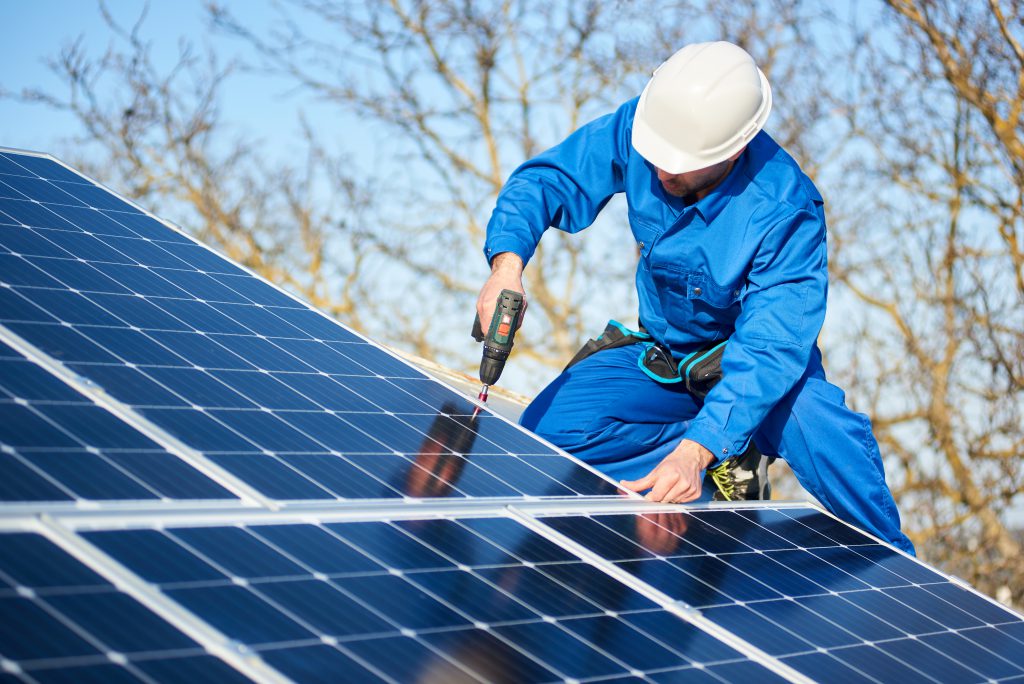
A new International Trade Commission report examines the real-world impact of the trade action.
Back in February 2018, the International Trade Commission placed tariffs on imports of solar panels and modules in an effort to combat the unfair dumping of solar products into the U.S. market, particularly by countries like China.
Some people kind of freaked out about it.
But a lot has happened since then, and there’s some good news to share.
The U.S. International Trade Commission released a report last week that showed U.S. solar manufacturing has increased since tariffs were placed on imported panels and cells in 2018. Meanwhile, imports of solar cells and solar panels from China dropped from $623 million in 2017 to $41 million in 2018.
Five new module production facilities also have opened as well, counteracting the closing of three solar facilities after the tariffs were put into place. And while solar industry employment numbers dropped from 2017 to 2018, the commission found that there was a turnaround, with higher employment in the first half of 2019 compared to the first half of 2018.
All of this is good news for an industry that has been dealing with China’s unfair trade practices, including massive subsidization and state-owned enterprises. As with industries like steel and aluminum, China is aiming to dominate the global solar market by any means necessary, forcing American companies and workers to essentially compete with the Chinese government.
As a result of China’s unfair practices, the U.S. solar manufacturing industry has struggled. In 2013, just a handful of facilities were open, with only 29,851 people employed.
But there have been other costs, too.
AAM’s Brian Lombardozzi published a four-part blog series in 2014 on the dangers of Chinese-made solar panels. At the time, China’s cheap solar panels were viewed as a boost for the implementation of renewable energy. However, Chinese workers and communities were exposed to toxic chemicals and pollution as a result of China’s nonexistent labor and environmental practices.
Although the 2018 tariffs have proved helpful in giving the U.S. industry some breathing room – and certainly didn’t bring the doom and gloom predicted by some analysts back in 2018 — China remains a looming threat.
ITC commissioner Jason E. Kearns offered additional comments in the report, noting that like many industries, solar is currently locked in a battle “between market-based capitalism and state capitalism.”
“I think is it fair to say that there has been a fairly robust industry response to the safeguard measures with respect to new and expanded domestic module capacity and production. At the same time I believe one should be clear‐eyed about the global environment for [solar] products in which the domestic industry finds itself during and likely following these safeguard measures,” Kearns wrote. “Safeguard measures may well have been necessary to provide relief to U.S. [solar] producers from injurious surges in imports, but they are not sufficient to resolve the conflict between market‐based capitalism and state capitalism that this market appears to exemplify.”
Here at AAM, we support American solar manufacturing and think it is worth fighting for. Not only does this growing industry have the potential to create thousands of jobs – if not more! — the United States requires its companies to follow labor and environmental guidelines, ensuring safer work practices and better protecting the environment compared with China.
Now it’s time for Congress and the Trump administration to work to combat China’s unfair trade practices and support America’s solar manufacturing industry.
